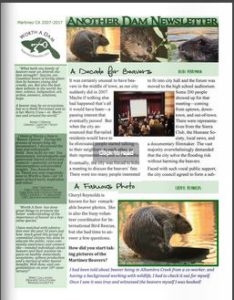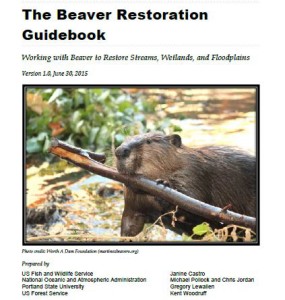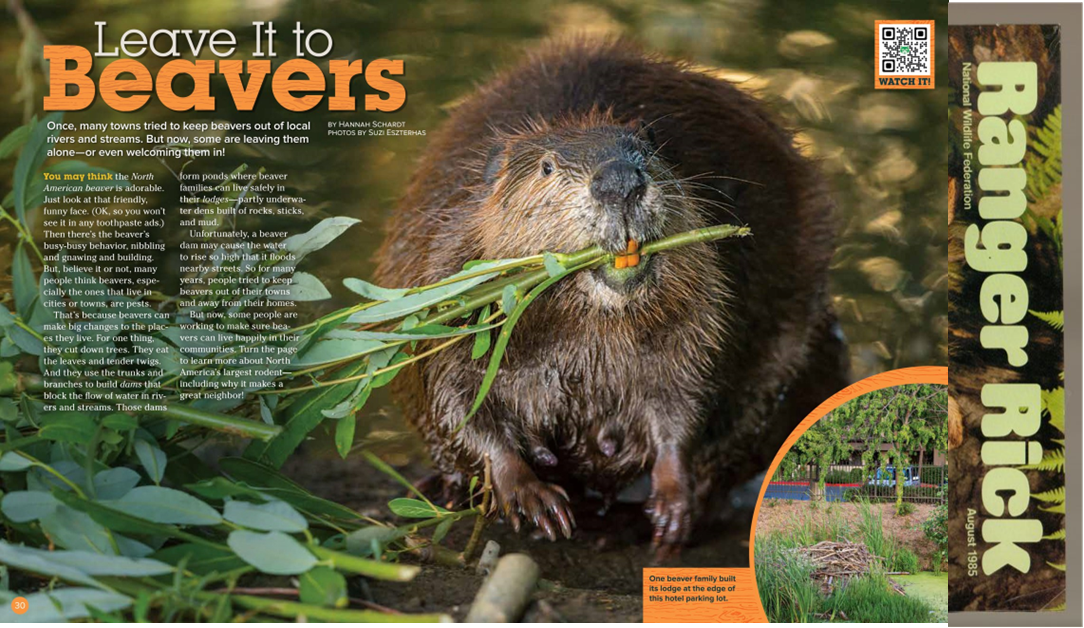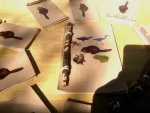I think saving beavers is a hard work. But there are two things that are harder, and I constantly thank my lucky stars that I escaped their fates.
1) saving coyotes.
2) saving beavers in Oklahoma.
Our beaver friend in Tulsa the Skunk Whisperer wanted to donate his services to install a flow device after he saw Mike’s DVD and he still couldn’t find a single land owner willing to live with the beavers for free. In the entire state. A state that has had more droughts than it has vowels, no less. If it please the court, I offer this mornings article as supporting evidence.
Beaver problems in pond dams
Dam problems can turn into big problems.
 “The typical Oklahoma farm pond dam was built with too narrow of a top and is too steep sided,” said Marley Beem, Oklahoma State Univesrity Cooperative Extension aquaculture specialist. “Such ponds are at high risk of failing when animals burrow into the dam.”
“The typical Oklahoma farm pond dam was built with too narrow of a top and is too steep sided,” said Marley Beem, Oklahoma State Univesrity Cooperative Extension aquaculture specialist. “Such ponds are at high risk of failing when animals burrow into the dam.”
Beaver can cause great amounts of damage by excavating bank burrows, causing internal erosion and threatening the structural integrity.
 “Pondowners need to keep a watchful eye out for beaver activity so they can catch any damage early or prevent it,” said OSU Cooperative Extension Wildlife Specialist, Dwayne Elmore. “
“Pondowners need to keep a watchful eye out for beaver activity so they can catch any damage early or prevent it,” said OSU Cooperative Extension Wildlife Specialist, Dwayne Elmore. “
“First, I would recommend calling USDA Wildlife Services to see if they might be able to send out a trapper.” Elmore said. “Beaver are not too difficult to trap if you have a little experience. But, if you miss them in a trap, they are very tough to get, so you need to get them on the firsttry.”
If Wildlife Services cannot help, pond owners can take matters into their own hands by trapping or night shooting.
“I advise shooting, as the only legal trap a private landowner can use is a leg hold trap in a drowning set, which is a little tricky,” he said. “Night shooting works well but you will need to call the county Conservation Officer and/or sheriff to let them know what you are doing.”
Using a shotgun is preferred and is much safer when shooting at water. Once the pest has been eradicated, repairs to the pond dam can commence.
This remarkable advice has been recorded in the local paper and passed on to all concerned farmers. I’m sure most of them are already waiting at the FEMA office to get in line early for their next drought assistance. Both of these sage professors are from the Natural Resources and Ecology Management Department at Oklahoma State University. No, really. I think the word ‘ecology’ might have a different meaning there.
It must mean ‘use a shotgun’.
That being said, one thing that surprises me is that, as little as OK knows about beaver, they still know better to allow cows access to ponds in Oklahoma while we still bravely do it in our East Bay Regional Parks!
It must be almost February, because there’s a report this morning about a beaver on the highway in Vancouver. Ahh disperser season! An officer escorted him off the highway and into a park. Which I think is my very favorite job for the police.
Beaver blocks traffic in West Vancouver
Traffic at one West Vancouver intersection ground to a halt on Monday morning after a slow moving beaver decided to cross the road.

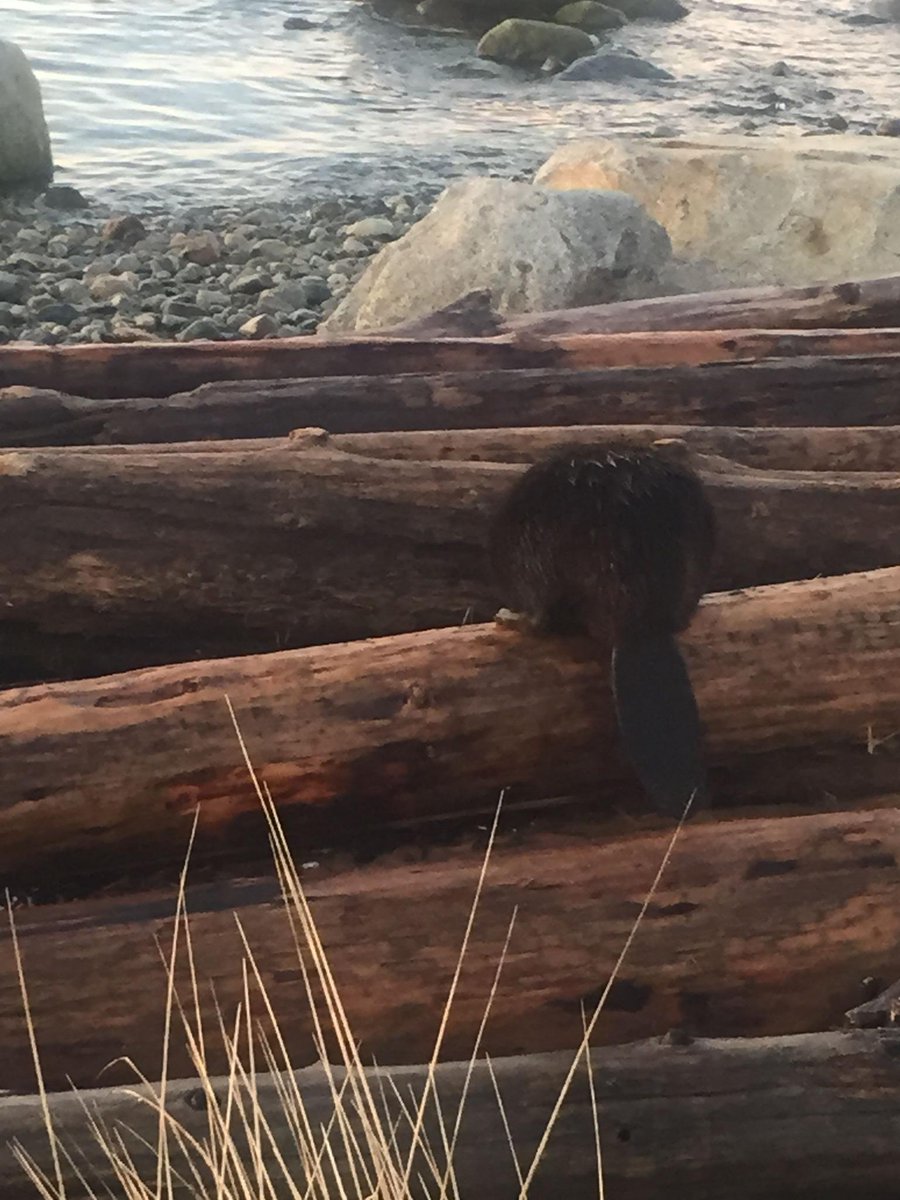
Drive safely!

















